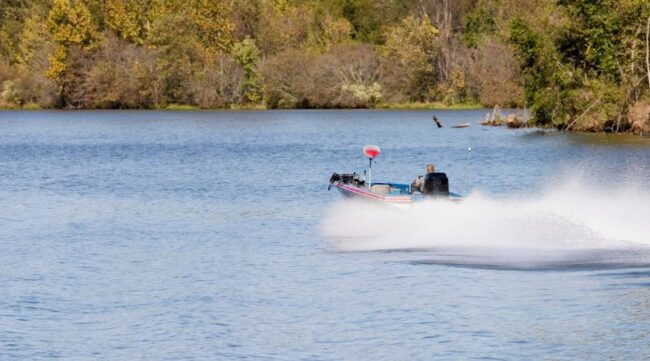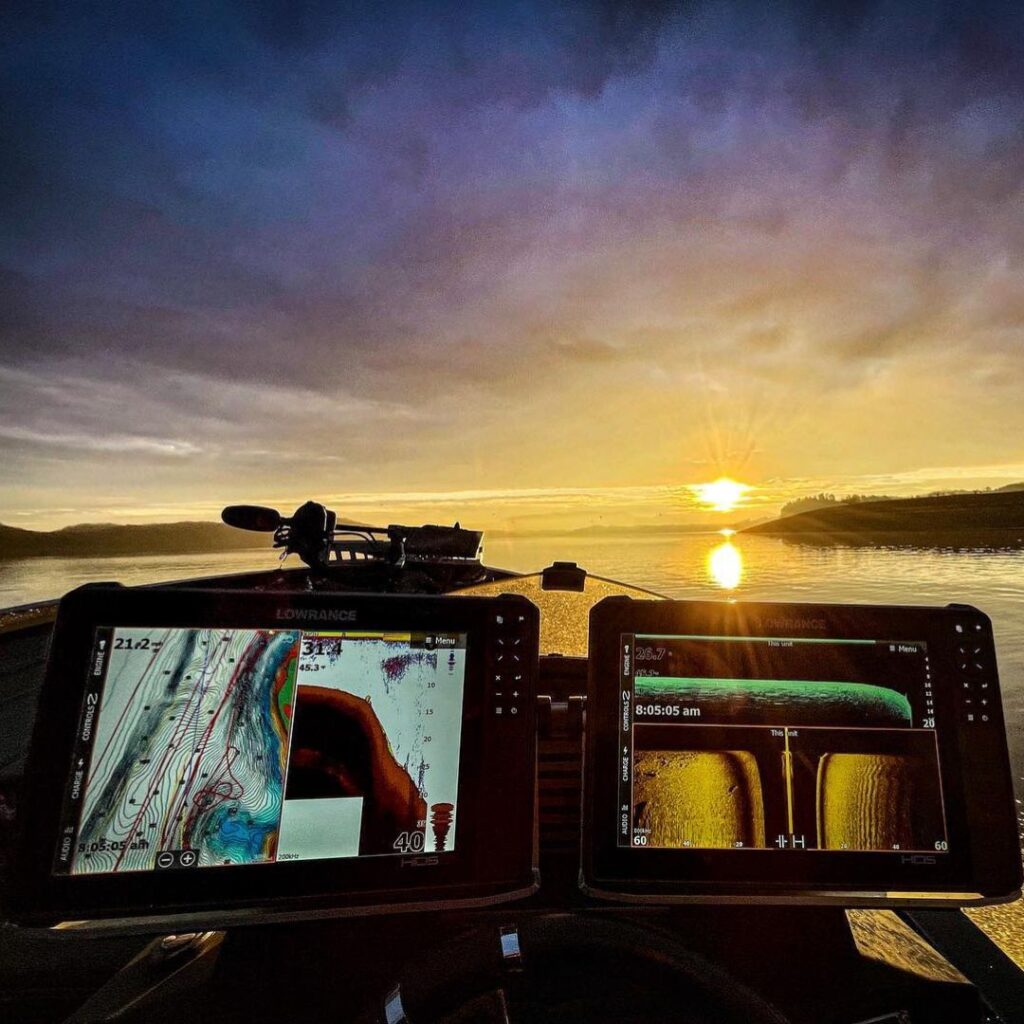
Prenatal massage is a specialized type of massage tailored to meet the needs of expecting mothers. In addition to its benefits during pregnancy, Warrington facial treatments can also complement this type of massage by promoting relaxation and rejuvenation of the facial muscles, helping to alleviate any tension or stress that may have accumulated. Prenatal massage can be done at home or in a spa setting and provides a range of benefits for pregnant women and their babies.
Prenatal massage is tailored to help the mother-to-be relax and reduce stress during her pregnancy. In addition to physical benefits, it can also provide emotional support during this special time. The practitioner will use gentle strokes and techniques specifically designed for the expecting mother, taking into account her changing body shape and size. Common areas of focus during prenatal massage include the legs, hips, back, and shoulders.
During a prenatal massage session, expectant mothers can find relief from physical discomforts such as muscle tension, headaches, joint pain, or stiffness due to pregnancy-related changes in posture. Massage also helps promote better circulation throughout the body which can reduce swelling of the feet and ankles. For those with high-risk pregnancies, it is important to consult with a doctor before attempting massage therapy.

Prenatal massage can also help expecting mothers enjoy greater relaxation and improved sleep quality during their pregnancy. In addition to relieving stress and promoting overall well-being, it can also provide an opportunity for bonding between the mother and her practitioner.
Prenatal massage can help prepare expecting mothers for the journey ahead and provide a welcomed break from the demands of pregnancy. As with any type of massage, it is important to communicate any needs or concerns to the practitioner prior to beginning treatment. For expecting moms looking for an extra special spa experience, prenatal massage should be at the top of the list.
Techniques Used in Prenatal Mass
Prenatal massage is a safe and gentle form of massage that uses different strokes, pressures, and techniques to address specific areas of tension or discomfort. Swedish massage, deep tissue massage, acupressure, myofascial release, and reflexology are all techniques utilized in a prenatal massage. All these methods are designed to relax the body, reduce swelling, and help relieve stress or pain related to specific areas of the body.
Benefits of Prenatal Massage
One of the main benefits pregnant women experience from prenatal massage is relief from physical tension or soreness caused by pregnancy. This type of massage helps to reduce swelling and muscle cramps, improve posture, and relieve tightness in the lower back or neck. In addition, prenatal massage can help promote better sleep and relaxation for expecting moms by reducing stress hormones and calming the central nervous system.

Prenatal massage can also be beneficial during labor and delivery by decreasing the intensity of contractions and helping the mother remain relaxed during childbirth. Studies have also found that prenatal massage can help reduce symptoms of depression and anxiety in expectant mothers.
Conclusion
Prenatal massage is a safe and beneficial form of massage that can help expecting mothers find relief from stress, pain, and physical discomfort during their pregnancy. It can also provide emotional support during this special time. For those looking to pamper the expecting mother in their life, a prenatal spa day makes a great gift that she is sure to appreciate.


